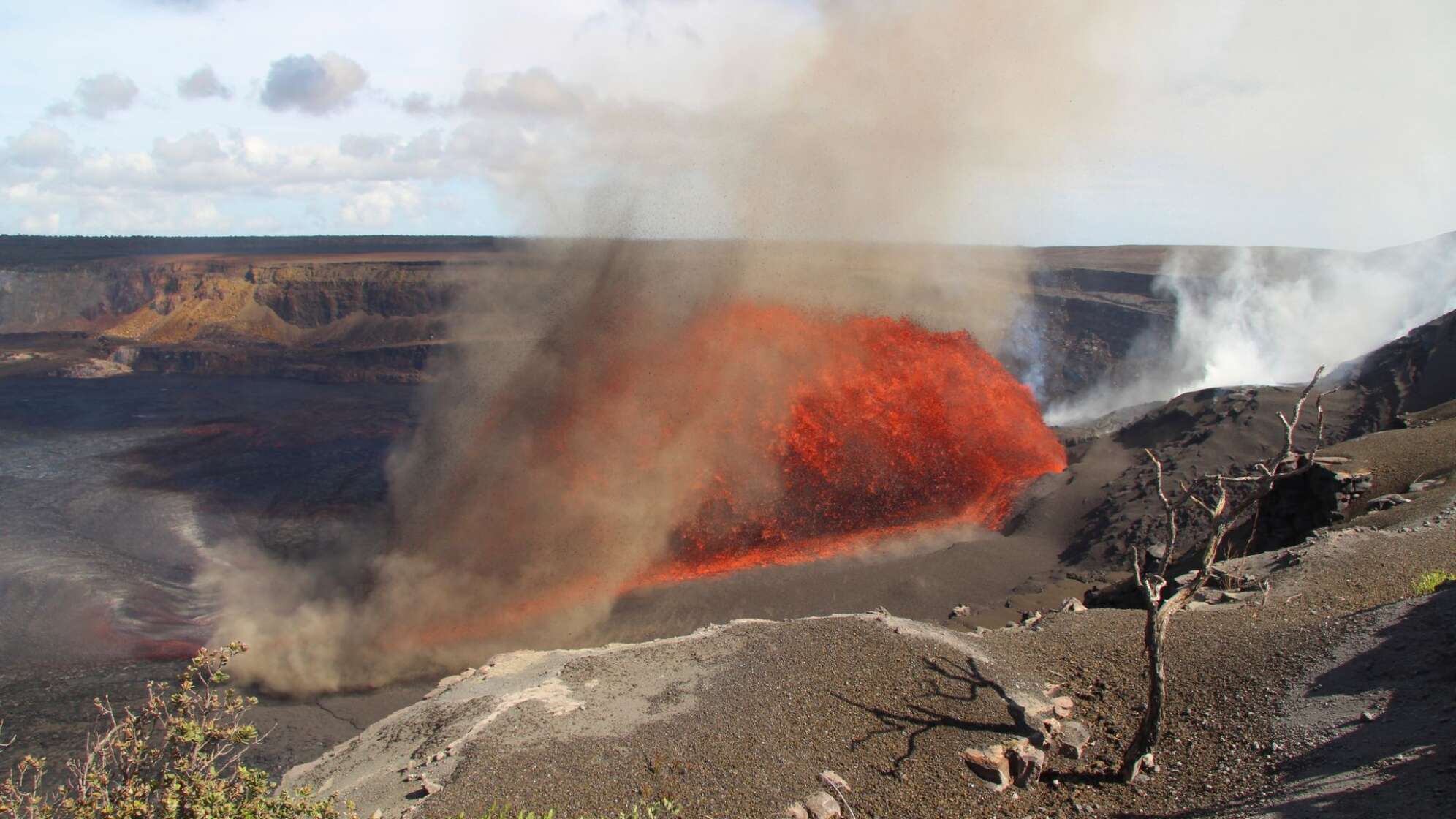Introduction
The Moon, Earth’s only natural satellite, has fascinated humanity for centuries. As a significant celestial body, it has impacted tides, influenced cultural beliefs, and has become the focus of numerous exploration missions. Its relevance has surged to new heights in recent years as various nations and private entities embark on missions aiming to return humans to the Moon, establish a sustainable presence, and explore potential resources.
Current Lunar Exploration Efforts
In recent news, NASA’s Artemis programme is at the forefront of lunar exploration. After decades, the United States aims to return astronauts to the Moon by 2025, marking a major milestone since the last Apollo mission in 1972. Artemis aims not only to revisit the Moon but to establish a base camp near the lunar south pole. This region is of high interest due to the presence of water ice, which could provide crucial resources for future missions to Mars and beyond.
International collaborations are also on the rise. The European Space Agency (ESA) is working alongside NASA on the Lunar Gateway, a space station that will orbit the Moon and serve as a staging point for lunar and deep space missions. Furthermore, China’s ambitious lunar programme has achieved significant milestones, including landing on the far side of the Moon with the Chang’e missions. These efforts highlight a collective global interest in lunar exploration, driving technological advancements and fostering international partnerships.
Importance of the Moon in Earth Sciences
The Moon plays an essential role in stabilising Earth’s tilt, thus influencing our climate and weather patterns. Its gravitational pull is a primary cause of ocean tides, which are vital for marine ecosystems. Scientists are studying the Moon’s geology and history to gain insights into the early Earth and the solar system. The lunar soil, known as regolith, offers clues about the processes that shaped our planet.
Conclusion
The Moon remains a central figure in both astronomy and human culture. As global interest in lunar exploration increases, the Moon is poised to become a key player in future space initiatives. Establishing a sustainable human presence there is likely to not only advance our understanding of space but also pave the way for broader ambitions, including human settlement on Mars. For readers, the evolving narrative of lunar exploration is a captivating reminder of humanity’s quest for knowledge and the continuous exploration of the unknown.


